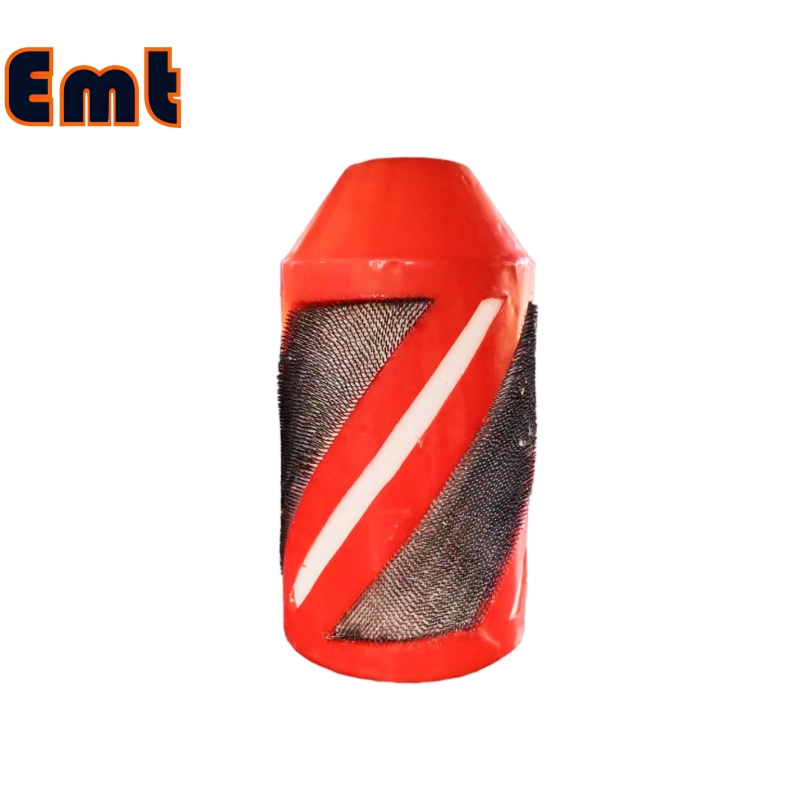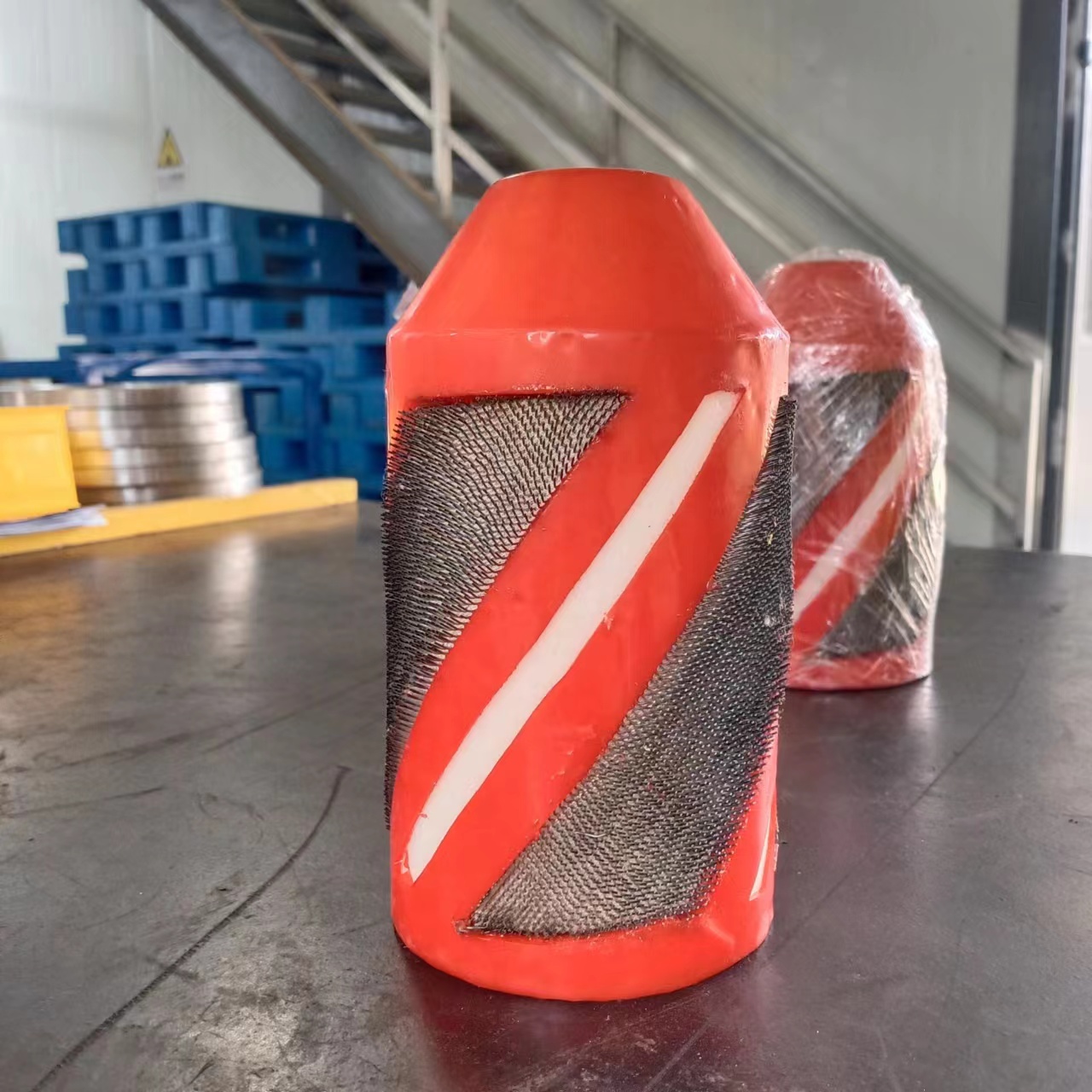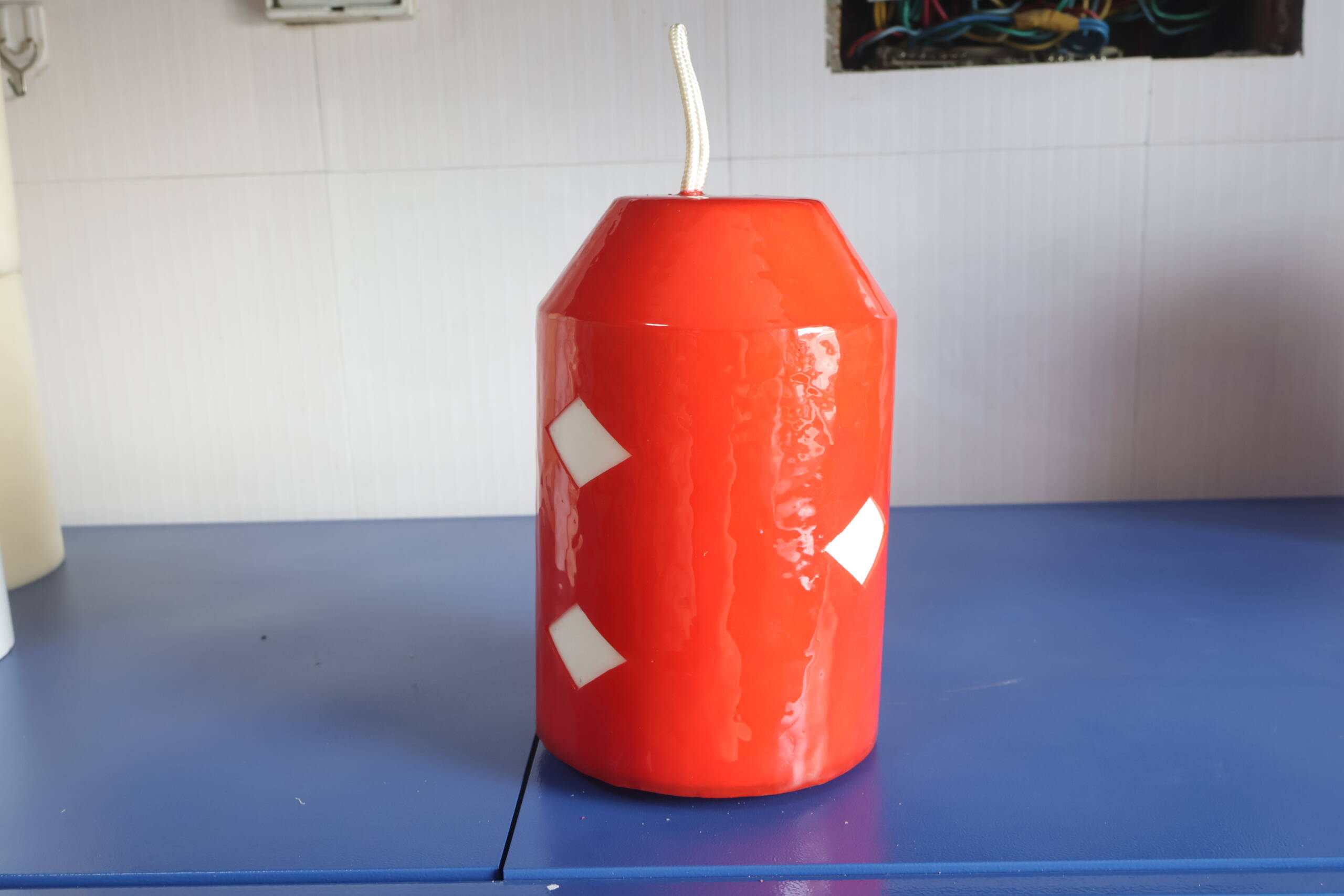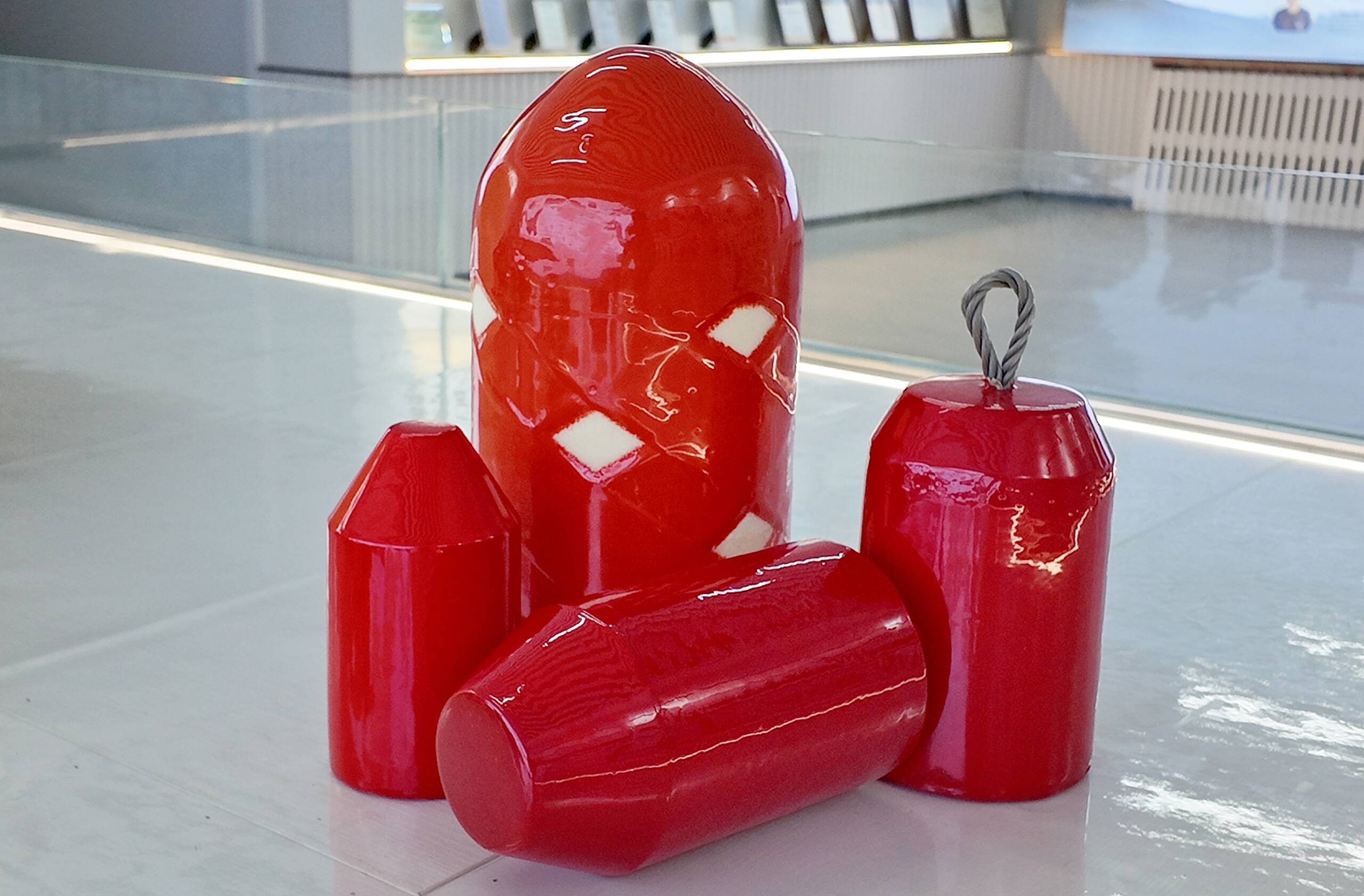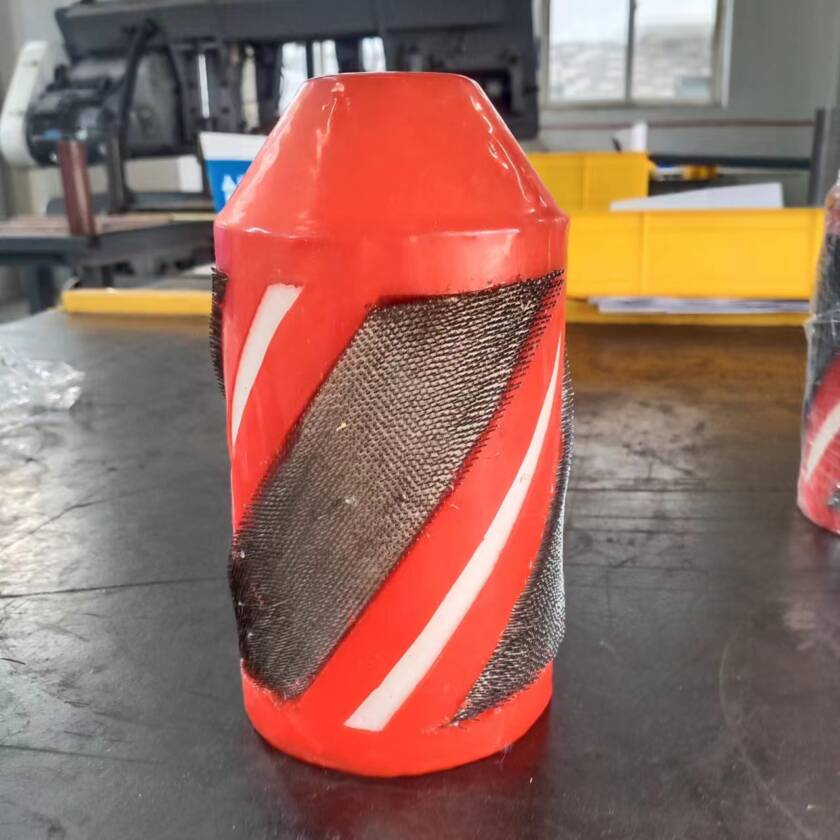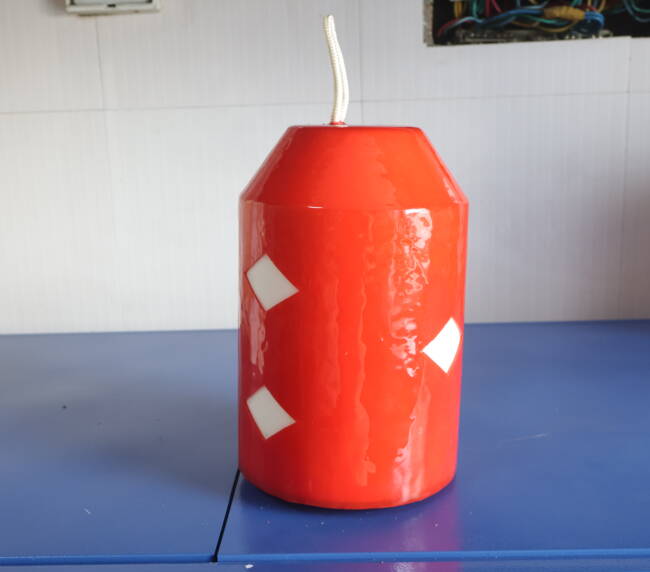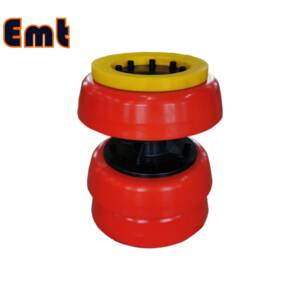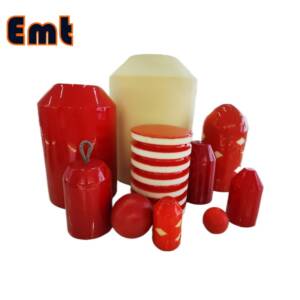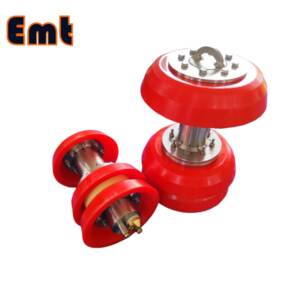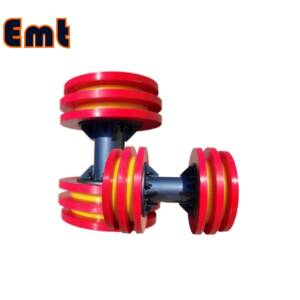Description
What Are Foam Pigs?
Foam pigs are flexible pipeline cleaning tools made from open-cell polyurethane foam. Depending on the job, they can be coated with urethane for added durability or wrapped in wire mesh for tougher cleaning tasks.
In general, these pigs are used to clean, dry, or inspect pipelines. Specifically, they remove debris, moisture, and buildup from inside the pipes, helping maintain flow and prevent damage. Because of their lightweight and flexible design, they can move easily through bends, valves, and diameter changes.
As a result, foam pigs are widely used in industries like oil and gas, water treatment, and chemical processing due to their versatility and low cost.
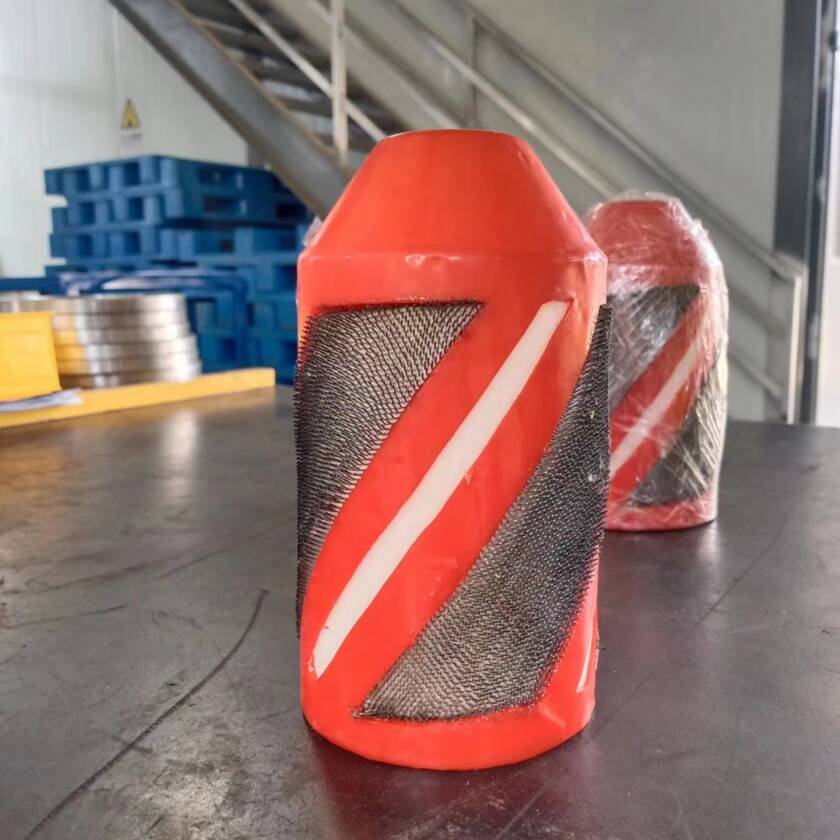
Features
Material Usually polyurethane foam
Density Ranges from light (1–2 lb/ft³) to heavy (8–10 lb/ft³) depending on task.
Coating May have urethane coating, wire mesh, or silicon carbide for abrasive tasks.
Flexibility Can navigate bends, valves, and diameter changes in pipelines.
Disposable Often used once or a few times before discarding.
Common Applications
Foam pigs serve several common applications in pipeline operations, including cleaning to remove built-up wax, debris, and other contaminants; dewatering to push out water left behind after hydrostatic testing; drying to eliminate any remaining moisture following a cleaning process; and product separation to act as a barrier between different products transported within a multiproduct pipeline.
Types
Pipe Pigs Foam
No coating
Used for light cleaning or drying
Crisscross Wire Foam Pig
Covered with wire mesh
For scraping or aggressive cleaning
Urethane-Coated Foam Pig
Durable coating for longer runs
Used in pipelines with abrasives
Mandrel Foam Pig
Foam body with a central mandrel
May carry transmitters or sensors
How It Works
Operators first insert a foam pig into the pipeline through a pig launcher, and then the pressure of the pipeline flow propels it forward; as it travels, its flexible foam body scrapes the interior walls while simultaneously absorbing debris and moisture until it finally reaches the end of its run, where operators collect it at the pig receiver for removal.
Advantages of Foam Pigs
Foam pigs offer several advantages that make them ideal for various pipeline maintenance tasks. Their flexibility allows them to easily navigate tight bends and diameter changes, while their lightweight nature makes them easy to handle and deploy. Additionally, they are a cost-effective solution for short-term or one-time use, and can be custom-sized to accommodate irregular or complex pipeline configurations, enhancing their versatility in the field.


